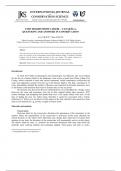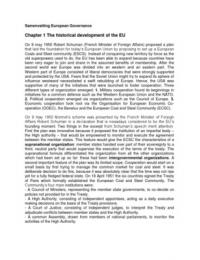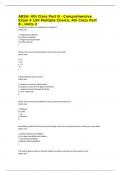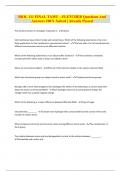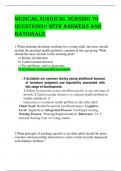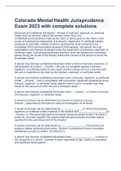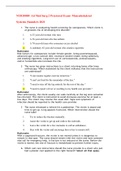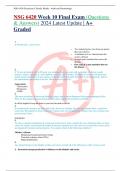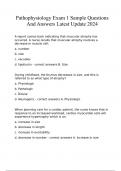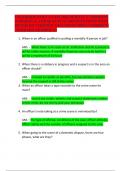Exam (elaborations)
COIN HOARD FROM VARUDI – VANAKÜLA. QUESTIONS AND ANSWERS IN CONSERVATION
- Course
- Institution
A. VILJUS and M. VILJUS 602 INT J CONSERV SCI 8, 3, 2017: 599-606 In order to remove corrosion products several chemical solutions were tested. Formic acid, phosphoric acid, alkaline Rochelle salt and ammonia solutions were experimented, starting with 5% concentration and three hours, up to 15%...
[Show more]
